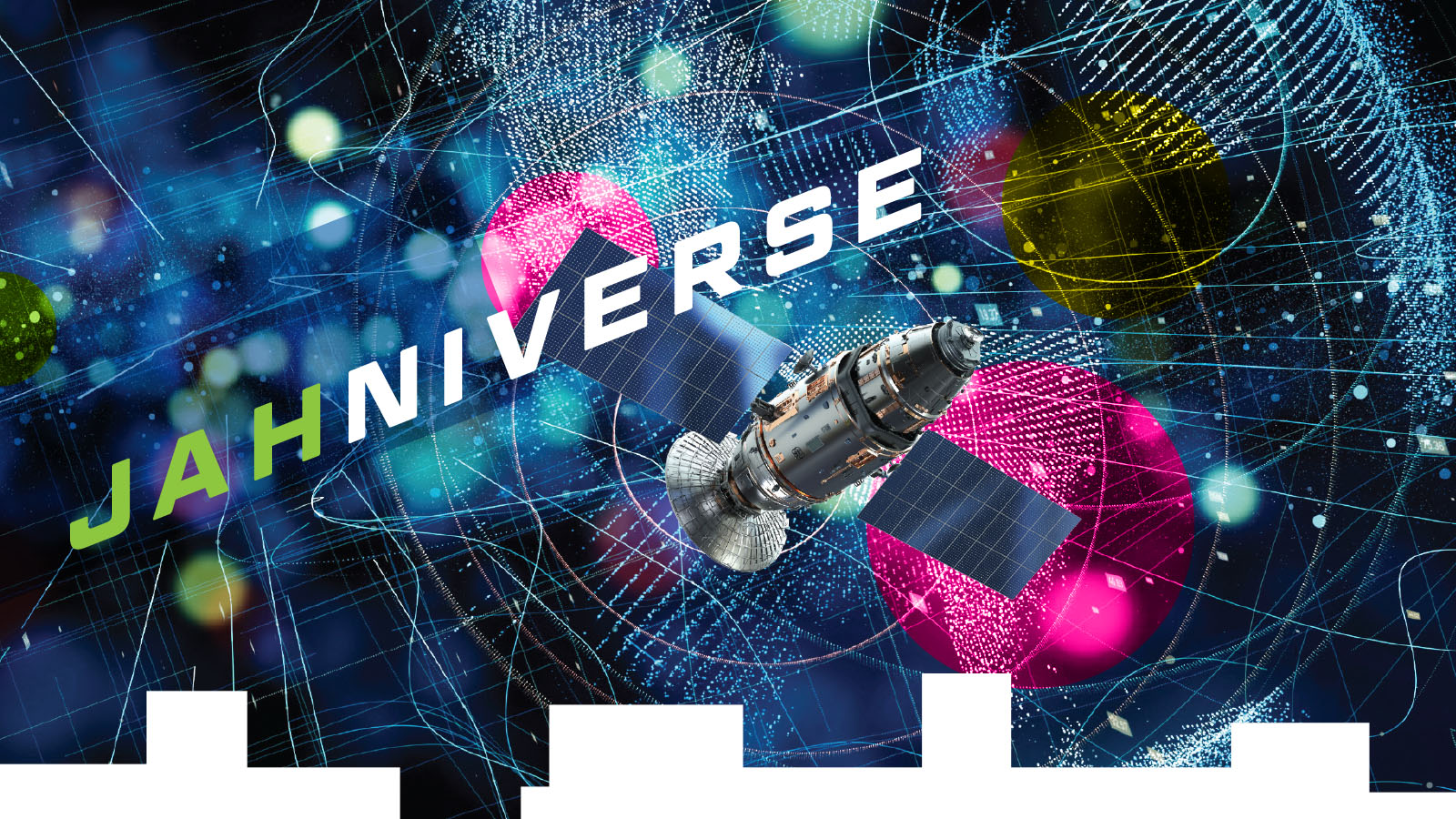Stay Up to Date
Submit your email address to receive the latest industry and Aerospace America news.
I weep and laugh when I look at the orbital debris analyses that companies typically provide to regulators at the U.S. Federal Communications Commission to win communications licenses for their satellites.
Unfortunately, FCC’s proposed amendments to this process, released in August with comments due by Oct. 9, won’t stop my tears or chuckles.
Here’s my suggestion for a better path: In addition to the FCC review of the analyses, the U.S. government should fund an independent entity, perhaps an academic-led consortium, to subject each license requester’s analysis to open and transparent rigor, peer-review and scrutiny, while protecting confidential and proprietary information.
Right now, prospective operators typically perform analyses based on a single model and incomplete data, not properly addressing uncertainty, and some only assessing their own satellites. The results are worse than unrealistic in that they occult the actual risk to the long-term ability of the space environment to carry space traffic and support operations. They of course conclude that they are compliant with, for example, the requirement to demonstrate a no more than 1 in 1,000 chance of creating orbital debris, as stated in the U.S. Orbital Debris Mitigation Standard Practices.
Vetting by an independent entity would underwrite the licensing requirements with a rigorous, comprehensive and independently verifiable process. In short, those seeking licenses would be challenged to “TEST LIKE YOU FLY!” on a virtual replica of the orbital environment that we could call the Space Domain Digital Twin. As an example, this digital twin would need to be populated with NOAA’s space weather data, the trajectories of other satellites, digital models of them and the criteria that operators apply when deciding whether to maneuver their spacecraft.
The FCC must be bold in this way, given the stakes. An increasing number of companies are requesting licenses from the FCC to launch hundreds to thousands, even tens of thousands, of anthropogenic space objects over the next few years. In the absence of a global ecologically sustainable strategy for managing the traffic in near-Earth orbit, we could exceed the orbital environment carrying capacity, resulting in an unacceptable risk of collisions that could make future use of this space impossible.
The Space Domain Digital Twin would have to model all of the elements that influence our inference of the space environment, space objects and information sources comprising the domain, their relationships and interactions, to include accommodating our ignorance and error sources. If we desire the right decision intelligence for licensing space actors to launch and communicate through space, the analyses performed must account for what we know but also what we know we don’t know, along with their meaningful uncertainties.
I suggest that satellite operators and regulators perform Monte Carlo analyses incorporating, at a minimum, uncertainties in the size, shape and material properties of the anthropogenic space objects, how accurately and precisely the location and predicted errors might be for the objects other than those of the license requesters. The analyses must also consider how each operator actually commands and controls its own satellites, when to maneuver to avoid a collision, and how frequently to adjust orbits. This owner/operator behavior must be reflected in the Space Domain Digital Twin in order for the regulatory framework to meet the spirit of the regulations, which is to make space safe, secure and sustainable.
The U.S. has some of the world’s leading large-scale computing platforms and skilled space research and operations skill set. Let’s create this Space Domain Digital Twin and put our best to use it for our own good.
About Moriba Jah
Moriba is a professor at the University of Texas at Austin and chief scientist at Privateer. He helped navigate spacecraft at NASA’s Jet Propulsion Lab and researched space situational awareness at the U.S. Air Force Research Laboratory, and is an AIAA fellow.
Related Posts
Stay Up to Date
Submit your email address to receive the latest industry and Aerospace America news.




